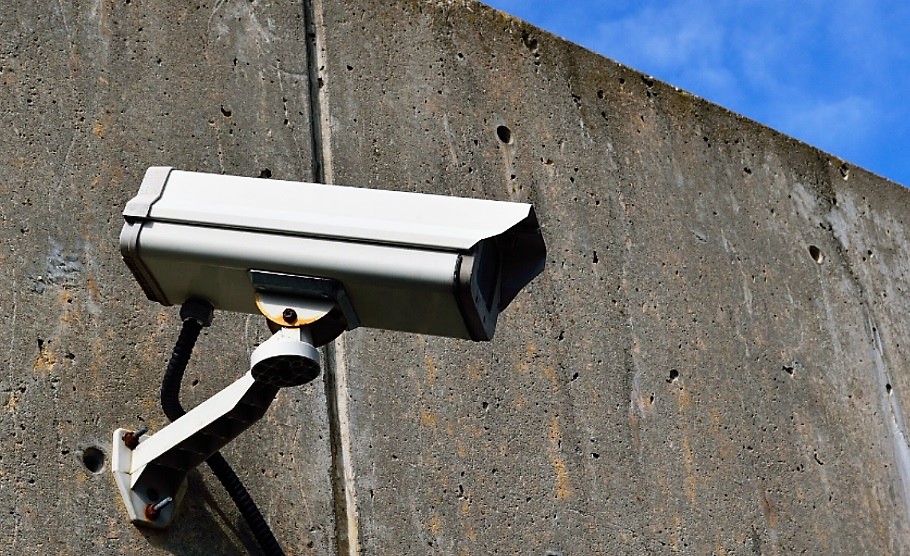Staff working for Barclays plc in London arrived at work to discover black boxes underneath their desks. Their bank bosses had installed tracking devices to monitor how often staff used their desks.
The devices, known as OccupEye, use heat and motion sensors to log how long people remain at their posts. Their purpose is to help companies find out how they can reduce office space. With a multi-coloured dashboard, the devices reveal which workstations employees do not use, while also analysing usage trends.
Reducing real estate
The bank insists the sensors will not monitor staff or their productivity and stresses that their purpose is to simply assess the use of office space. It hopes that this analysis will enable it to reduce costs. Barclays has long recognised the benefits of hot-desking. This includes looking at the potential savings available from reducing the real estate it owns. At the end of last year, the bank sub-let some of its Canary Wharf office space to the Government. This move saved the bank around 35 million pounds a year. OccupEye boxes have already caused some controversy The Daily Telegraph removed the devices the same day they installed them, following complaints from staff and the union, accusing the newspaper of Big Brother surveillance.
Is Big Brother watching you?
While some staff claim they didn’t know about the devices, Barclays insists it did notify staff and the Unite union prior to the phased roll-out. Unite said in a statement that they received assurances that the boxes will not monitor individuals or staff performance. The union said it will monitor the situation to ensure the devices do not become a tool to spy on staff or measure productivity.
These types of monitoring devices are nothing new for investment firms. An increasing number are embracing new technology in order to monitor how their staff spend their work time. In fact, Barclays already uses a computer system that tracks how much it earns from each client. This enables managers to decide how much time their staff should spend with a customer.
Lloyds Banking Group Plc
Barclays aren’t alone with their use of monitoring technology. Lloyds Banking Group Plc already uses similar motion-tracking devices. Lloyds has also been looking at reducing its London premises, hoping to save around £100 million a year. However, the bank stresses it combines the results from the motion sensors with feedback and consultation with their staff and colleagues.


